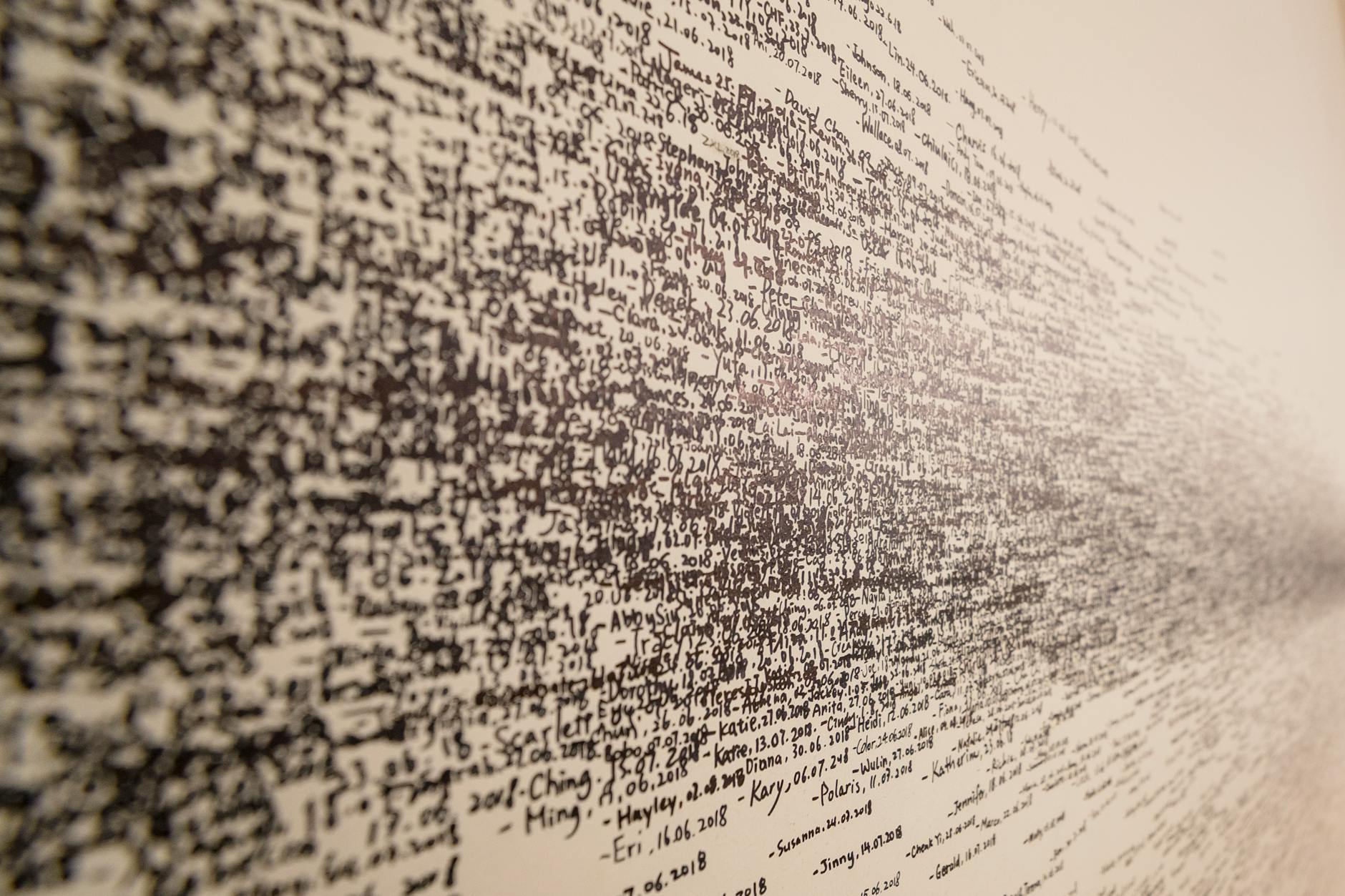Photography is an incredible journey of creativity, allowing you to capture the world as you see it. As a beginner, mastering basic terminology is key to growing your skills and understanding the artistry behind every shot. Each term here represents a building block, helping you navigate your camera with confidence and empowering you to make intentional choices that bring your vision to life. As you become familiar with these essentials, remember that every click is an opportunity to explore, experiment, and refine your craft.
- Aperture – The adjustable opening in a lens that controls the amount of light entering the camera. Measured in f-stops (like f/1.8 or f/11), a lower f-stop means a larger opening, allowing more light and creating a shallower depth of field, which blurs the background and isolates the subject. A higher f-stop creates a smaller opening and wider depth of field.
- Shutter Speed – The duration for which the camera’s sensor is exposed to light. Shutter speed is measured in seconds or fractions of a second, like 1/1000 for fast action or 1/30 for motion blur. Faster speeds freeze action, while slower speeds allow for motion effects or low-light capture.
- ISO – A measure of the camera’s sensitivity to light. Lower ISO values (like ISO 100) are best for bright conditions and produce clear images, while higher ISO values (like ISO 3200) help in low light but can introduce grain or “noise.”
- Exposure – The overall brightness of an image, determined by the combination of aperture, shutter speed, and ISO. A well-exposed photo has balanced light and detail, while an underexposed photo is dark, and an overexposed photo is too bright.
- Depth of Field (DoF) – The range of distance in an image that appears sharp. A shallow depth of field (using a wide aperture like f/1.8) keeps only a small area in focus, often used in portraits. A deeper depth of field (like f/11) keeps more of the image in focus, great for landscapes.
- Bokeh – The aesthetically pleasing blur produced in out-of-focus areas of an image, often seen as soft, circular highlights in the background. Good bokeh is highly sought after in portraits, as it adds dimension and separates the subject from the background.
- White Balance – A camera setting that adjusts the color temperature to make whites look neutral in different lighting conditions, such as daylight or fluorescent lighting. Proper white balance helps achieve natural-looking colors in photos.
- Focus Mode – The setting that controls how the camera achieves focus. Common modes include single (focuses once on a still subject), continuous (maintains focus on a moving subject), and manual, which lets the photographer control focus precisely.
- Metering – The camera’s way of measuring light in a scene to recommend exposure settings. Types include evaluative (measures the whole scene), center-weighted (focuses on the center), and spot metering (measures a specific area), each useful for different lighting scenarios.
- RAW – A file format that retains all data captured by the camera sensor, producing larger files with more detail than JPEGs. RAW files allow for greater flexibility in editing, making it easier to adjust exposure, white balance, and other elements without losing quality.
- JPEG – A widely-used compressed image format that reduces file size by discarding some image data. JPEGs are smaller than RAW files, making them easy to share, but offer less flexibility in post-processing due to limited data.
- Aspect Ratio – The proportional relationship between an image’s width and height, like 4:3, 16:9, or 1:1 (square). Choosing the right aspect ratio helps with composition and ensures photos look good on different platforms or prints.
- Rule of Thirds – A guideline that divides the image into a 3×3 grid, placing key elements along these lines or at their intersections for balanced and interesting compositions.
- Leading Lines – Natural or constructed lines in an image that draw the viewer’s eye towards a subject, like paths, roads, or architectural elements. Leading lines add depth and guide the viewer’s attention through the composition.
- Dynamic Range – The range of brightness levels in a scene, from the darkest shadows to the brightest highlights. Higher dynamic range allows for capturing more detail in both shadowed and well-lit areas of a photo, especially important in high-contrast scenes.
- Exposure Compensation – A setting that allows the photographer to adjust the camera’s suggested exposure, either making it brighter (+) or darker (-) as needed. Useful when the camera’s metering doesn’t get the exposure just right.
- Histogram – A graph that shows the distribution of tones in an image, from shadows (left) to highlights (right). Analyzing the histogram helps photographers see if their photo is too dark, too bright, or well-balanced.
- Saturation – The intensity of colors in an image. High saturation makes colors more vivid, while low saturation can make colors appear more muted or closer to black and white, allowing control over the mood and style of an image.
- Noise – Random speckles or grain that appear in an image, typically more noticeable in high ISO settings or low-light conditions. Too much noise can reduce image quality, but some photographers use it creatively for a gritty look.
- Vignette – A darkening of the edges of an image, either natural or added intentionally for artistic effect. Vignettes help draw attention to the center of the image, enhancing focus on the main subject.
Understanding these terms will give you more creative control and a better grasp of the technical aspects of photography. Remember, practice and experimentation will bring these concepts to life!

Leave a Reply